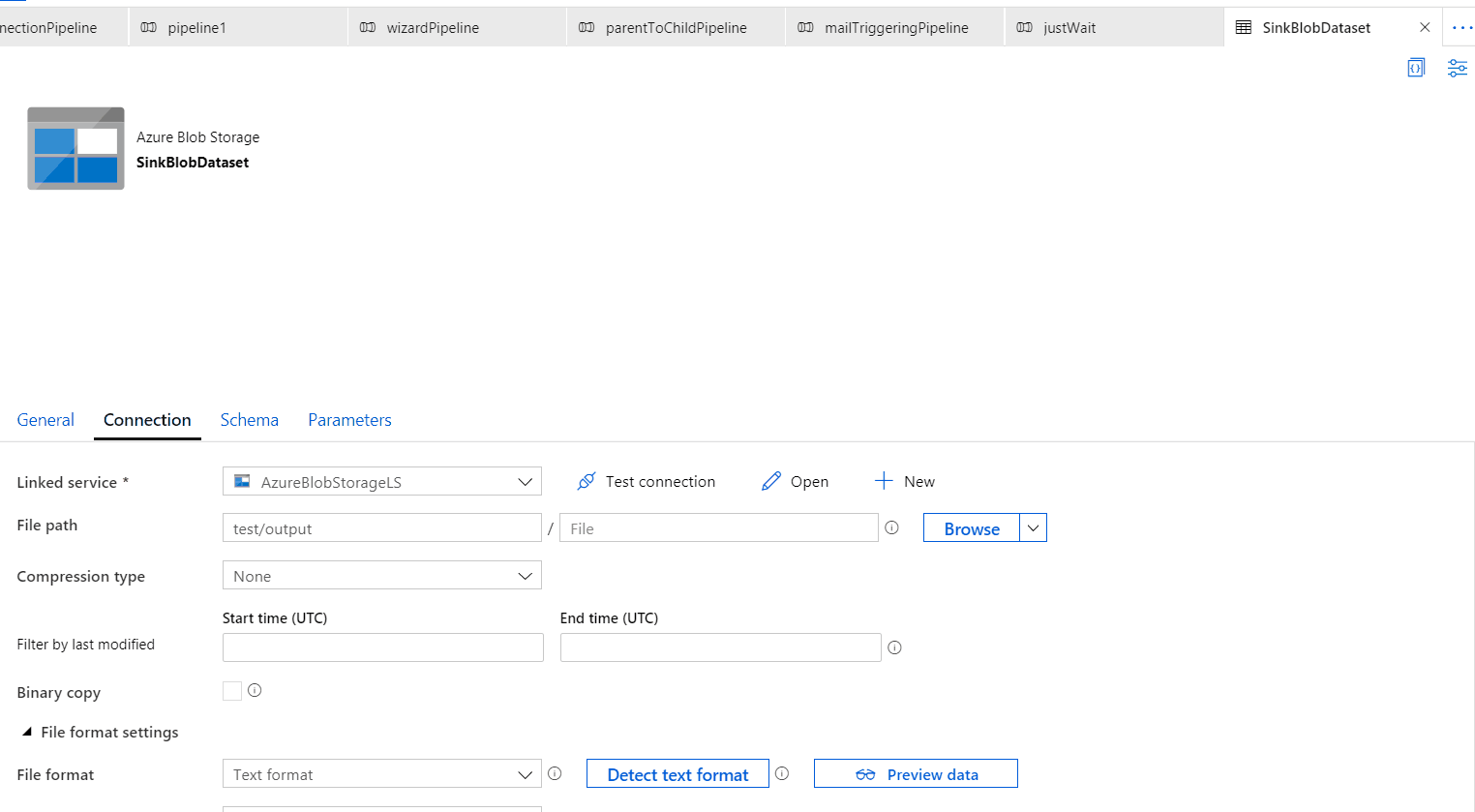Hi Pramod,
If you want to copy data daily and dynamically generate the folder hierarchy, you can set up a dynamic path in your sink dataset (ADLS Gen2) as shown below :

The expression I have used will create a structure like "base path"/<current year>/<current month>/<current date>/
@concat('base path' , formatDateTime(utcnow(), 'yyyy'), '/', formatDateTime(utcnow(), 'MM'), '/', formatDateTime(utcnow(), 'dd'), '/')
Hope this helps.
